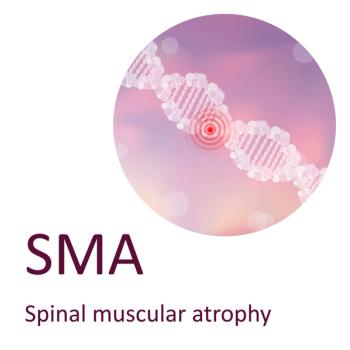
Assessing Motor Function in Later-Onset SMA
James Wymer, MD, FAAN: There are 2 types of motor testing that we’re going to do. The first thing we do to assess disease is listen to the patients. What can they do? What can’t they do? If they have difficulty going up stairs, that suggests a proximal weakness. It may be difficult to get out of a car or a deep seat. When we go through and do the physical testing for the motor patients, we will focus on what we see in the strength test. We have a scale that we use that’s from 0, meaning no strength, to 5, meaning normal strength. We look at where they are on that scale in terms of their strength, and we see if there’s any relative weakness that’s involved.
For the infants and kids who have this, we also have other functional scales. We have the Hammersmith Functional Motor Scale. We have different write-up or Revised Upper Limb Module. We have different scales that look at the developmental milestones patients are supposed to reach. In some of these patients, as you monitor it you will look at whether they are able to sit up or roll over. Those motor scales for the pediatric patients tend to be more functional. What can they do? When you get into the adults or the older kids that can cooperate, instead of just doing that, you’re actually scoring how strong the muscle is on that 5-point scale.
The decline in motor function can be variable. This is something that’s actively being studied. We know that in the natural history of the disease, there will be a gradual, slow decline. The pediatric patients will start to reach their milestones, and then they’ll start losing their milestones and gradually get worse. As you get toward the type 2 and 3 patients who present later in childhood, or even those type 3 and 4 patients who present in adulthood, they’ll meet these milestones, but when they start declining, they begin a gradual, slow decline. There are modifiers to that, and that’s what we don’t understand. Why do some people decline faster? Some people decline slower. It may be other genes that are involved. It may be the way they’re managing their disease. There are ways to manage this disease that should be able to slow the decline.
Newsletter
Get the latest industry news, event updates, and more from Managed healthcare Executive.
























































